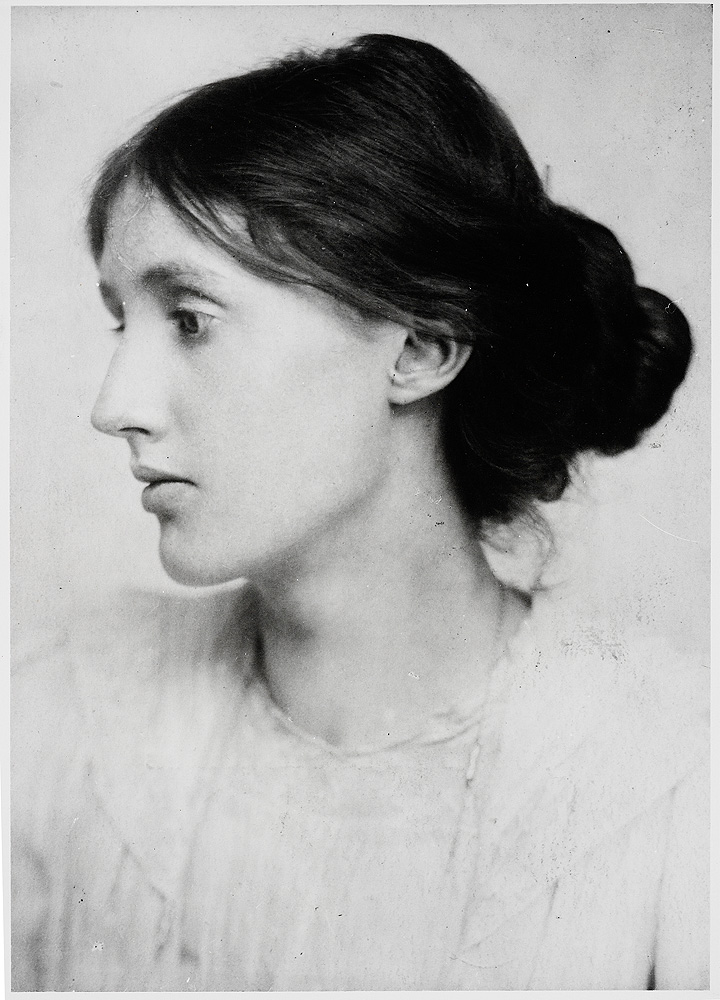
Sourced from Red Riding Hood Literary Analysis.
Duke Professor N. Katherine Hayles endeavors to illustrate the context of electronic literature, and thereby its true significance. Electronic literature’s context has two aspects:
(1) The printed literary tradition that electronic literature derives from, and
(2) The new technology enabling the means and nature of electronic literature.
The latter affects how literary communities are able to mobilize, but the former is where literary communities build their literary expectations.
Of necessity, electronic literature must build on these expectations even as it modifies and transforms them. At the same time, because electronic literature is normally created and performed within a context of networked and programmable media, it is also informed by the powerhouses of contemporary culture, particularly computer games, films, animations, digital arts, graphic design, and electronic visual culture. ~N. Katherine Hayles, Electronic Literature: What Is It?
The expectations electronic literature builds on are the literary community’s as it goes to encounter a newly evolved state of literature. This new state of literature is informed by new forms of expertise heretofore remote from literary discipline–remote from even appearing to have literary significance. How literature is written, distributed, consumed, and interacted with is becoming more synergistic with technological innovation. This new literary nature and context isn’t threatening, however; according to Hayles, literature is given new significance in a world capable of more widely decimating it through technology, and in exchange, literature sheds new significance on the electronic medium. Electronic literature represents the merging of science with the humanities, and the realization that both disciplines are working towards very similar ends.
At TED, librarian and philanthropist Brewster Kahle stated, “We now have access to all knowledge.” His talk argues for the significance of using technology to boost our collective understanding of the world through efficient mass distribution. Kahle’s talk is cautionary, however; converting knowledge into digital-electronic means and centralizing it in databases is alluring to private sectors. Electronic literature represents one more battlefield for the age-old antagonism between profit-seeking and humanitarianism. But it is a crucial, necessary battle.
Electronic literature has significance in the context of providing a practical response to changing, modern human needs. Its significance is not only in electronic literature’s novelty, but in its possibilities for literature’s adaption to modern human experience that has been made multi-dimensional by the digitalization of other art and cultural forms.
Electronic literature cannot be valued in the same way as print. Largely because print and electronic literature developed in response to different needs, given technological constraints. Electronic literature is primed to help deliver humanity into its next wave of knowledge consumption–a fashion almost unimaginable from this current historical-material vantage point, but still significantly close.








 Dr. Danah Boyd
Dr. Danah Boyd